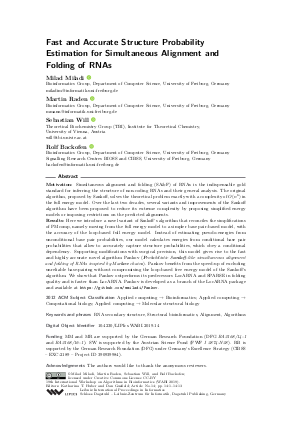LIPIcs.WABI.2019.14.pdf
- Filesize: 1.41 MB
- 13 pages

 Creative Commons Attribution 3.0 Unported license
Creative Commons Attribution 3.0 Unported license

























Feedback for Dagstuhl Publishing